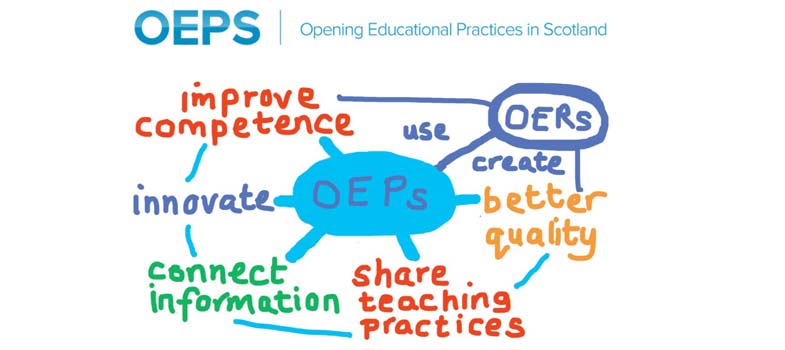2.1.3 Impact on population dynamics: algal blooms
While obvious, it is worth stating that some parasites can ultimately kill their hosts and this can have a direct influence on host’s population dynamics in marine ecosystems. For example, certain dinoflagellate species of the genera Alexandrium and Cochlodinium produce toxins inducing paralytic shellfish poisoning and killing fish. They regularly form massive and harmful algal blooms commonly referred to as ‘red tides’ (Figure 4) and can cause tremendous public health issues and economic losses. Harmful algal blooms are an active research topic, where knowledge generated by scientists is integrated into policy statements and regulations.
Another big challenge is to understand the factors influencing red tides cycles, and parasites are increasingly recognised as key players in harmful algal bloom termination. The parasite Amoebophrya spp. can infect and kill a broad variety of dinoflagellates, including the above mentioned Alexandrium sp. and Cochlodiniumsp..
2.1.2 Parasites on parasites

